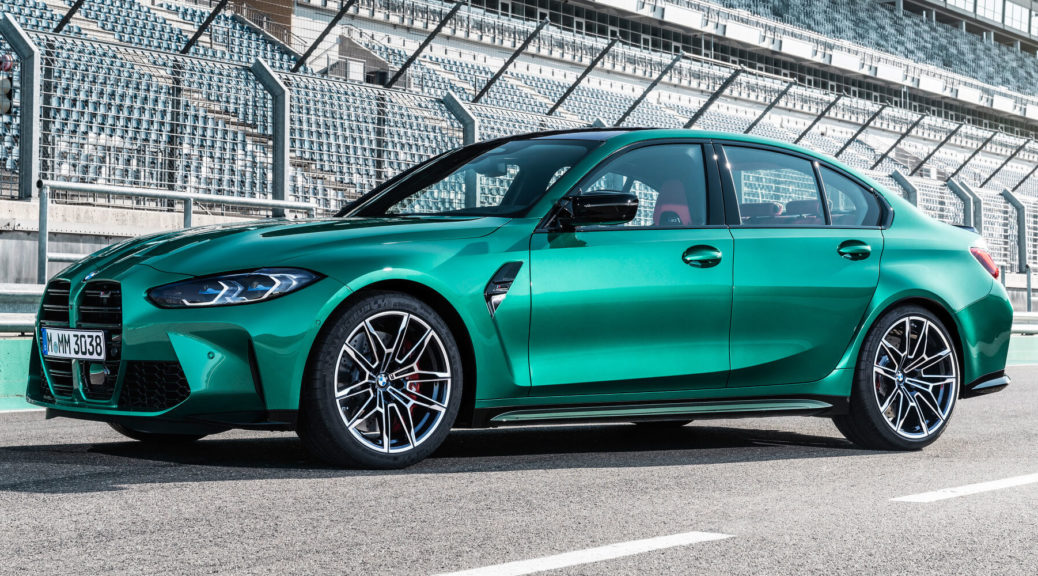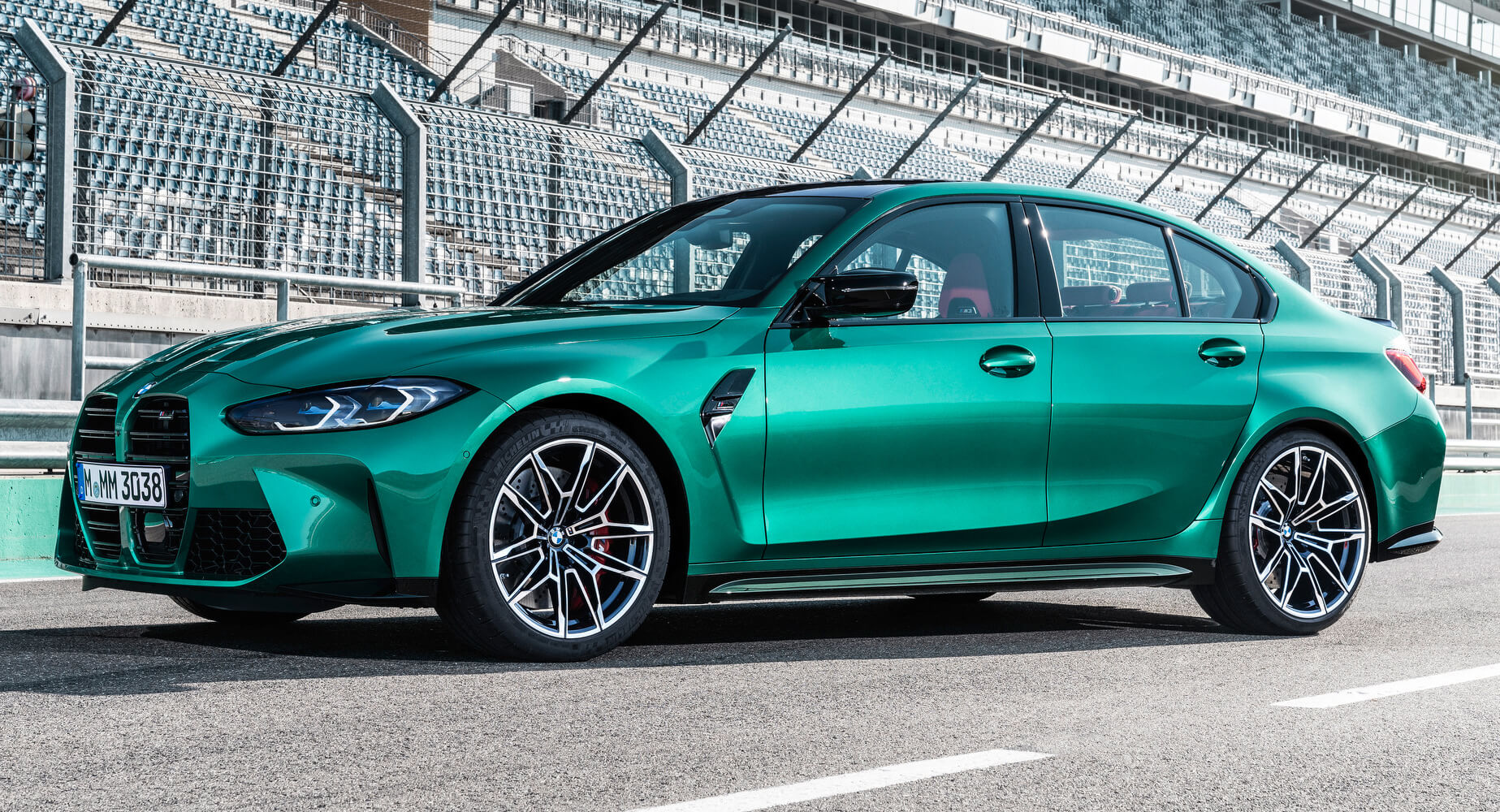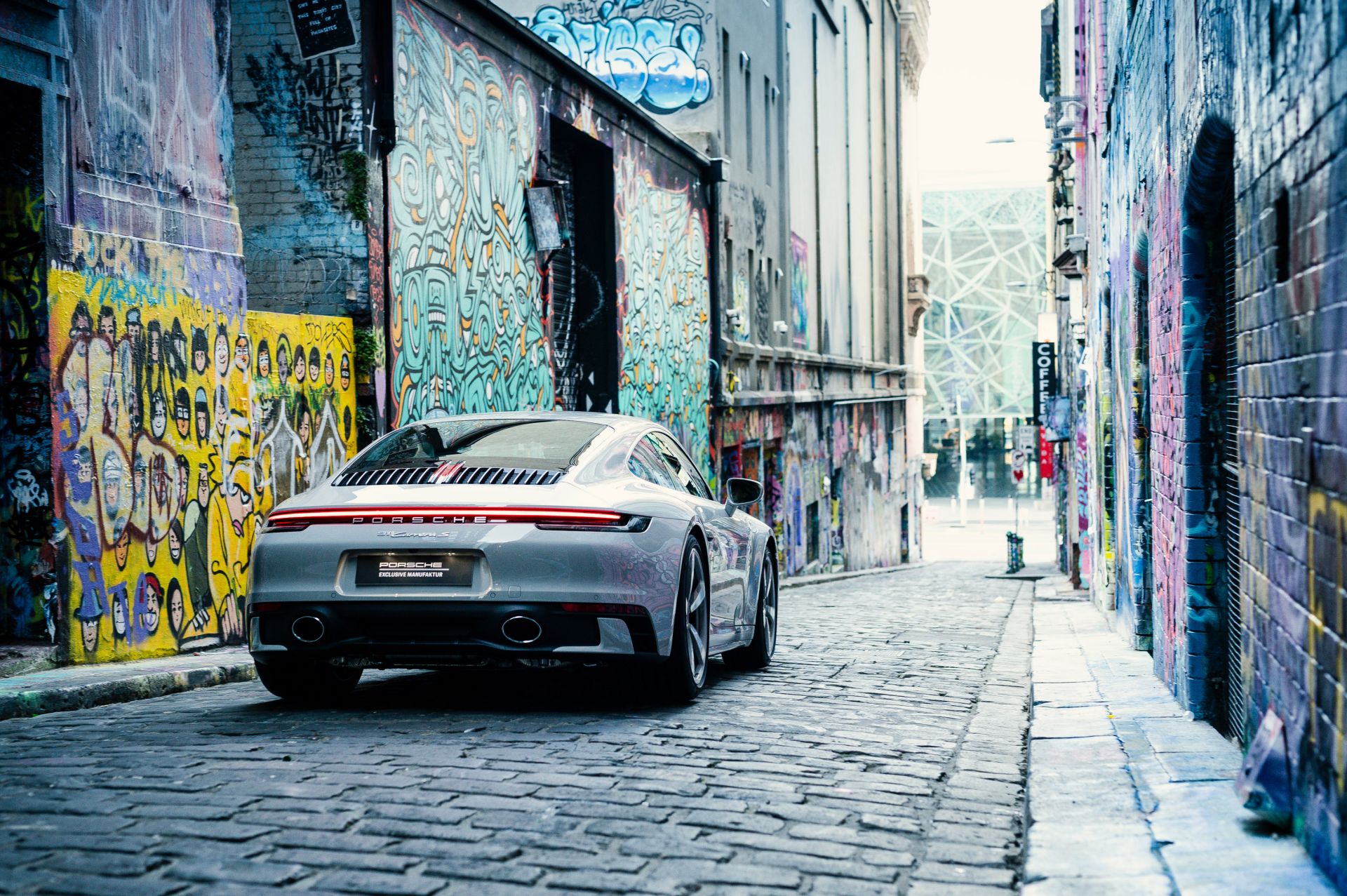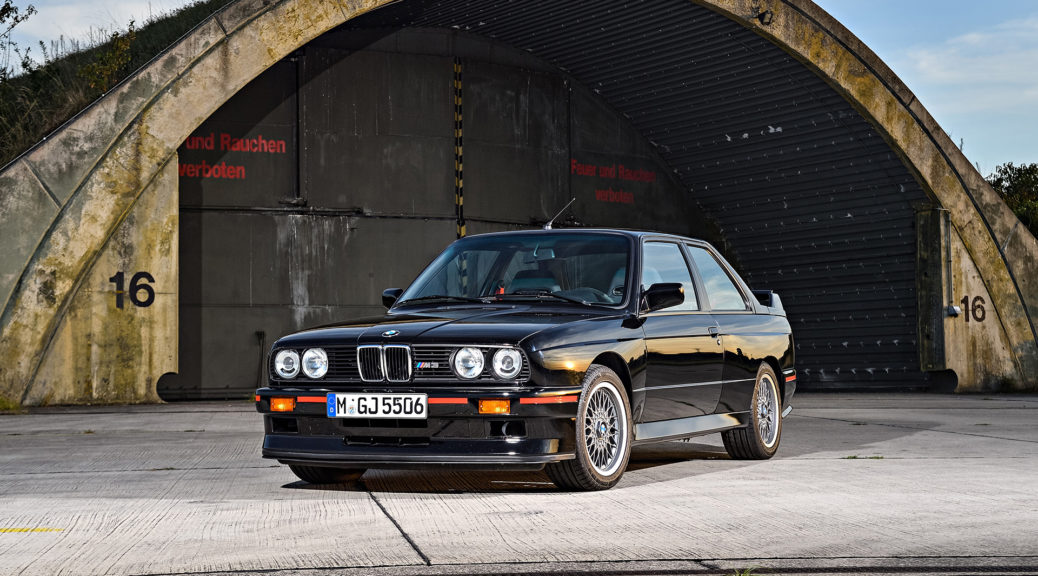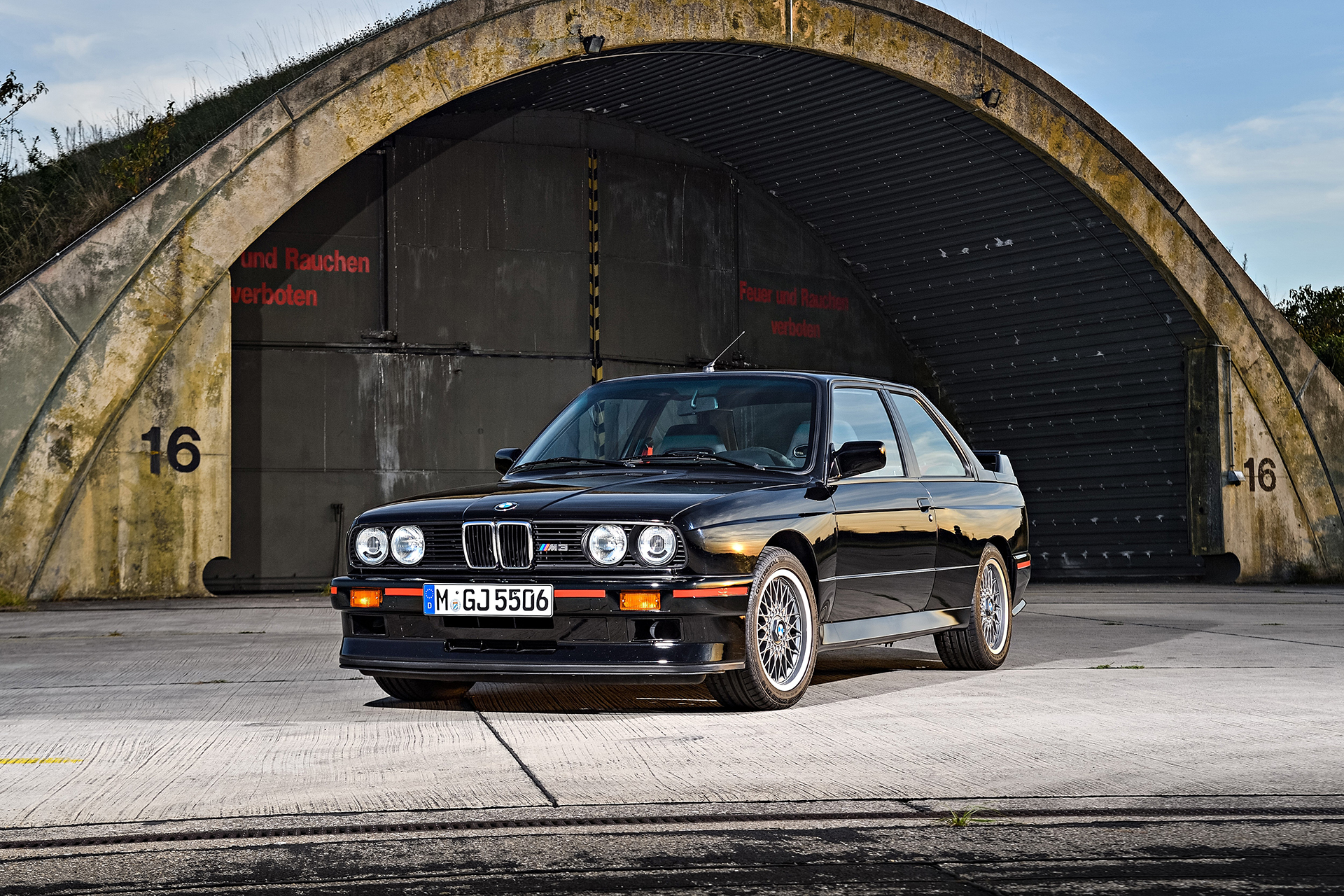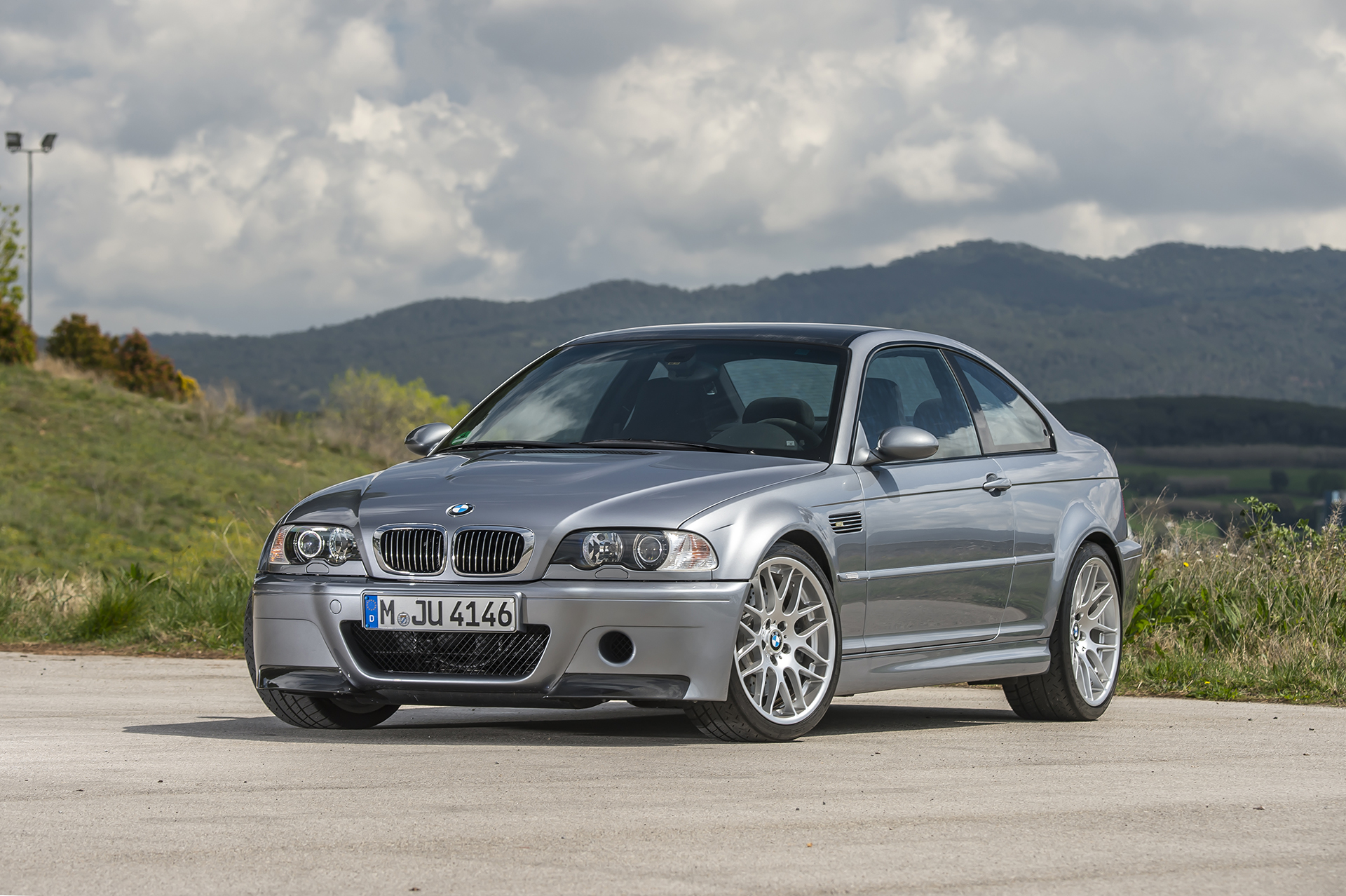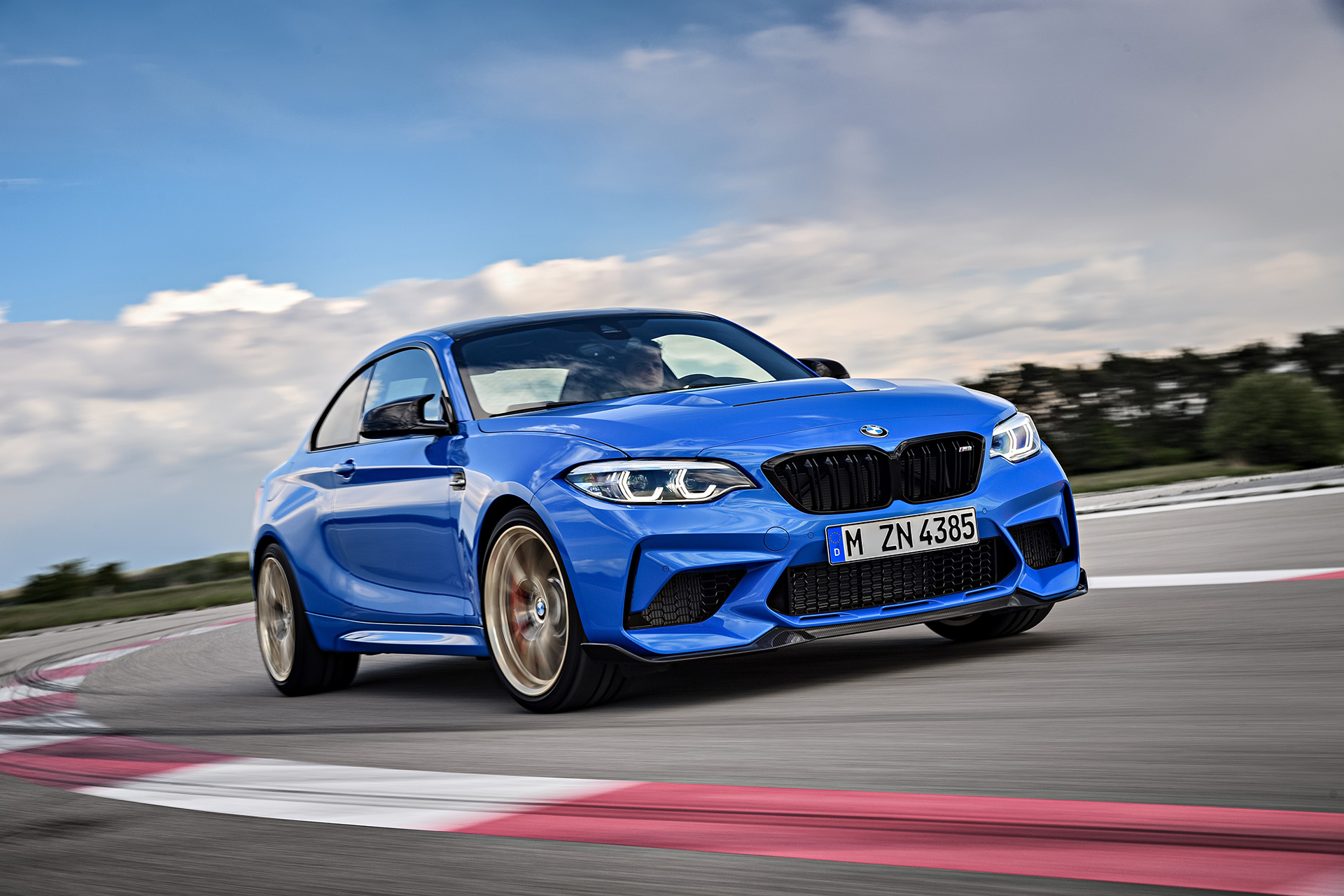If you’re a fan of German performance cars, desire excitement, and happen to have £90,000 ($124,000) lying around, you might want to consider having a look at the latest offerings from BMW and Porsche: the M3 Competition, which costs £87,000 ($119,000 converted), and the £85,000 ($117,000) Porsche 911 Carrera.
Starting with the exterior design comparison, the elephant in the room is predictably the beaver-tooth grille of the M3 that’s totally different from the relatively subtle and, perhaps, “smiley” face of the 911 Carrera. From the back, the M3 maintains its aggressiveness, with sharp lights, a noticeable diffuser, and relatively large quad exhausts. Still, the simple design of the Porsche coupled with new elements like the single bar taillight and a spoiler that pops up once you reach a certain speed might give it a little bit of competitive advantage.
The interiors are, as you’d expect, impressive, with the 911 paying tribute to its heritage with the gauge layout, even though the steering wheel obscures some of it. Mat Watson from Carwow points out a few minor issues with the infotainment system, too, including small icons that can be a little fiddly and the rather apparent lack of Android Auto (although we expect that to be updated soon). Less impressive is the fact that, after a few hard launches, a nasty rattle rears its ugly head. The M3, on the other hand, does have Android Auto, as well as Apple Carplay, and although it might not feel as ‘racey’ as the Carerra’s 2+2 layout, the Carbon Pack adds some rather fetching carbon-backed seats.
See: 2021 BMW M4 Competition Vs Base Porsche 911 Carrera
[embedded content]
With design out of the way, it’s time to start talking numbers. The M3 Competition is powered by a 3.0-liter twin-turbo straight-six with 503 hhp (510 PS) driving the rear wheels, although a four-wheel-drive version is an option. The 911 has a 3.0-liter twin-turbo flat-six driving the rear wheels and although it comes with “just” 385 hp (390 PS/287 kW), it’s evidently more than enough, considering that it reached 60 mph (96 km/h) from a standstill in 3.7 seconds during its run with Watson, beating the M3 which needed 4.0 seconds for the same sprint.
But what you lose for a couple of tenths of a second in the M3 is gained by a rather spacious rear seat that can be accessed with the extra set of doors and will comfortably accommodate two adults. The Porsche, on the other hand, should never have more than two people sitting in it – and two small kids, at best, at the back. Trunk space isn’t that impressive either, giving you just 132 liters in comparison to the Bimmer’s 480 liters, but then again the Porsche could never compete in practicality.
As a daily driver, the 911 Carrera happens to hold its own pretty well. Watson finds fault with the slightly stiff suspension and annoyingly loud tire noise, but it’s bearable. In Sport mode is where the Porsche performs how it’s meant to after inheriting bits from generations of 911 perfection. The M3 does stiffen up quite a bit more than the regular model, but it also manages to feel a little cushier than the Porsche on the daily commute. When you start to push it, though, the BMW brings out its wilder, more playful side that could be good or bad depending on your driving style.

